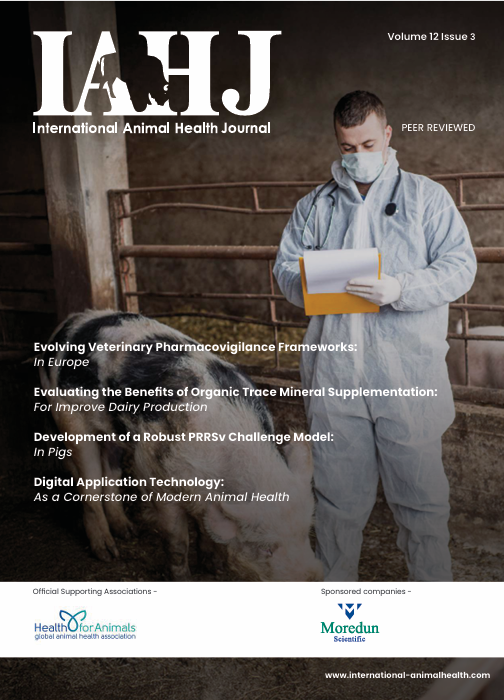European pharmacovigilance (PV) frameworks have been updated to provide risk-based, data-driven oversight of processes to increase transparency and better protect animal health, public health and the environment. Though this can add to the administrative burden for marketing authorisation holders, robust PV systems can help create added value for manufacturers by continuously delivering critical data to support product development, while strengthening confidence in the safety and reliability of veterinary medicines.
Animal health pharmacovigilance (PV) the science of detecting, assessing and preventing adverse events (AE) related to veterinary medicinal products has undergone major reform in recent years in Europe. These changes, driven by new legislation and international harmonised guidance (VICH), aim to strengthen PV systems and improve efficiency to deliver greater protection for animal and public health and the environment. In practice, adapting to new PV requirements can add to the administrative burden for marketing authorisation holders (MAH). However, robust PV systems can be used to create added value for manufacturers by continuously delivering critical data to guide regulatory and product development decisions throughout the product lifecycle while strengthening confidence in the safety and reliability of veterinary medicines – an issue currently in the public spotlight. In this article, we highlight the recent changes and challenges from the evolving PV frameworks in Europe of which manufacturers should be aware.













